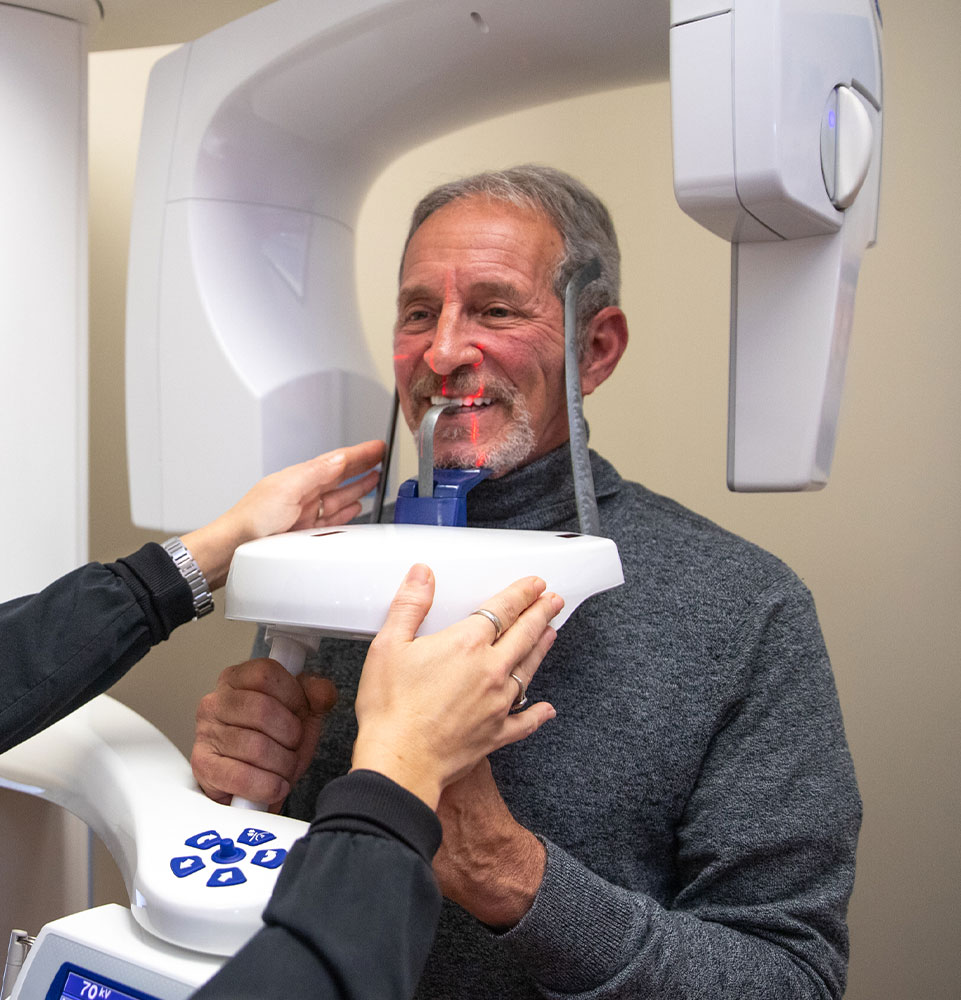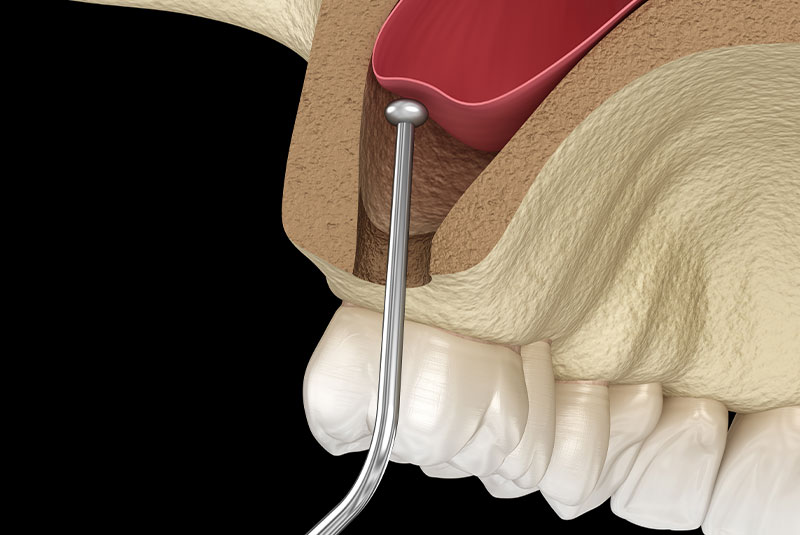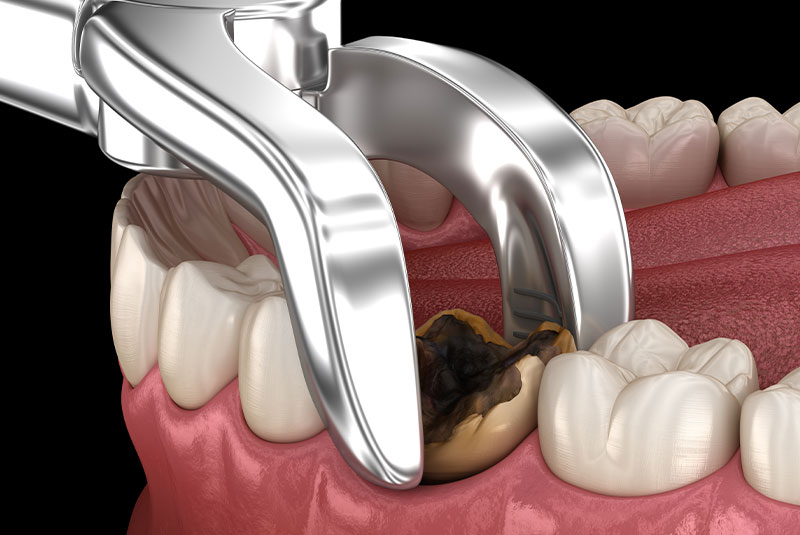Supporting Services - Woodstock, NY
Maximizing Dental Implant Success
with Oral Surgery

Exceptional Dental Care for Your Best Smile
Having healthy, attractive teeth and gums is an important component of feeling confident. But if you’re missing teeth, it can be hard to feel secure in your smile. Oral surgeries such as dental bone grafts, sinus lifts, and tooth extractions can help to facilitate dental implants and offer a solution to replace missing teeth.
Fortunately, with the assistance of an experienced professionals like our oral surgeons, these dental surgeries can be performed in a safe, timely manner to help restore your smile. Our doctors specialize in providing these services with the utmost care, offering the highest quality of surgical techniques available.

Anxiety-Free Surgeries
We understand that the idea of receiving oral surgery in Woodstock, NY may cause some of our patients to feel nervous and worried – this is normal. But know that our doctors and our compassionate team are trained in the latest techniques and technologies and provide sedation services to help make your procedure as minimally invasive as possible. We take extra measures at Woodstock General & Implant Dentistry to create a comfortable and relaxing environment so you can enjoy your dental appointment from start to finish.
Common Oral Surgeries to Aid in Dental Implant Placement
We provide a variety of oral surgeries that are essential to the success of full-mouth dental implants and your overall oral health. Whether it be the repair of a broken tooth, a tooth removal, sinus lift surgery, or the restoration of an entire smile, these common oral surgeries provide a safe and efficient solution. We offer a wide array of treatments to ensure that your smile is not only beautiful but also healthy. These surgeries include:

Bone Grafting
Dental bone grafts are a surgical procedure that involves taking a piece of healthy bone and transferring it to an area where the jawbone has weakened or deteriorated due to illness or injury. This is a very effective and safe way to build a solid foundation for dental implants, which can replace missing teeth and restore a patient’s smile. When a tooth is missing, the jawbone beneath the site of the tooth can start to recede or deteriorate over time. Dental bone grafts allow the implant to have a strong, stable base to be placed into, making the entire procedure successful and long-lasting.

Sinus Lifts
Sinus Lifts surgery, also known as sinus augmentation, is a procedure that helps create additional space in the upper jaw by elevating the sinus floor. This type of surgery helps prepare the area for dental implant placement in cases where not enough jawbone exists for the implants. A sinus lift involves an incision being made in the gums and then lifted, exposing the underlying bone. Next, a window is opened to gain access to the sinus. An instrument is then used to push back the membrane covering the sinus and lift it. This makes it possible to fill the area with a bone graft to promote new bone growth in the space. After a few months, the new bone is strong enough to allow our doctors to place a dental implant.

Tooth Extractions
Tooth extractions are a procedure in which our oral surgeon removes a damaged or decayed tooth from the mouth. This tooth removal may be done in order to save a tooth from further decay or to make room for a dental implant. Extracting the tooth allows our doctors to effectively clean and prepare the site for an implant, which is an artificial tooth that is anchored in the jawbone for stability. The implant provides a secure, stable base for replacement teeth such as bridges or crowns. After the tooth is removed, the dentist can place a dental implant in its place, restoring the person’s smile and ability to chew comfortably.

Unwavering Commitment to Your Health
and Well-being
At Woodstock General & Implant Dentistry, we know that successful dental implant procedures require the highest standard of oral surgery. We understand the profound influence these surgeries have on the success of the implant, and we are determined to be a reliable partner for you by providing the finest quality of care. We are dedicated to offering personalized services tailored to the specific needs of our patients, allowing you to move confidently through the procedure and receive the very best results. Our commitment to your health and well-being remains unwavering and we take great pride in offering our patients the best quality of care.
